For months we’ve been tracking what we’re calling the All-in-One Chef: chefs who not only preside over the kitchen but also design their restaurant interiors, arrange the flowers, and make their own soap for the guest WC. But we particularly like a small, singular new breed: the Chef Ceramicists, who see tableware as an important frame for their food, and take sourcing local ceramics to the next level by making it themselves. It makes sense: There are parallels to draw between clay and dough, the tactility of cooking and pottery. Ceramics, like cooking, combines a high level of detail (something chefs are famous for) with artfulness. Plus, when it comes to how tableware looks and functions, chefs can design exactly what they require, down to the last detail.
Take a look at the pioneering chefs and restaurateurs we’re noting—and their tableware.




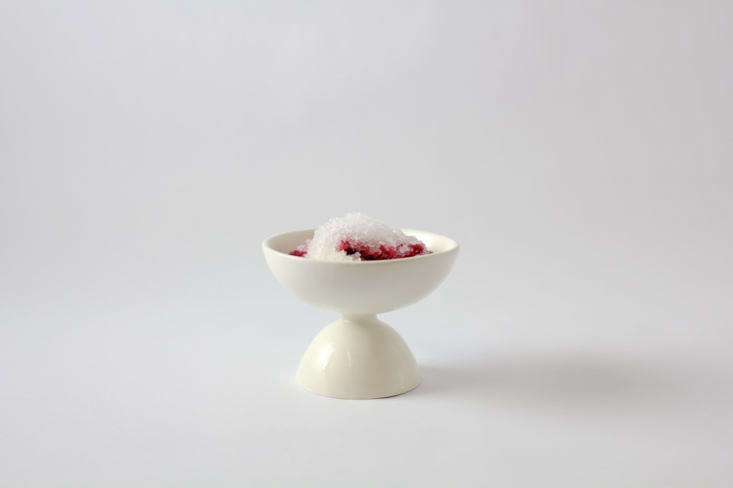

- 10 Easy Pieces: Hippie Bowls for Bowl Food
- A Ceramics and Kitchenware Company to Watch: East Fork, the Heath of the East
- Cool Gray: Utilitarian Stoneware from a London Ceramicist, via Very Good & Proper
N.B.: Featured image from Rawduck.
Frequently asked questions
What is the article about?
The article is about the trend of restaurants and gourmet chefs using handmade ceramics for their tableware.
Why are handmade ceramics becoming popular?
Handmade ceramics are becoming popular because they add a unique and personal touch to the dining experience. They also have a rustic and organic look that complements the farm-to-table trend in the food industry.
Who are some of the chefs and restaurants mentioned in the article?
Some of the chefs and restaurants mentioned in the article are Dan Kluger of Loring Place, Gabe McMackin of Finch, and Angie Lee of Butcher's Daughter.
What are some of the benefits of using handmade ceramics for restaurants?
Some of the benefits of using handmade ceramics for restaurants include supporting local artisans, creating a unique and memorable dining experience, and adding a touch of personalization to the table setting.
Where can I find handmade ceramics for my restaurant?
You can find handmade ceramics for your restaurant by searching for local artists and studios in your area, reaching out to ceramicists online, or exploring online marketplaces such as Etsy or Food52.
What are some of the challenges of using handmade ceramics for restaurants?
Some of the challenges of using handmade ceramics for restaurants include the risk of breakage, difficulty in replacing broken pieces, and the higher cost of artisan-crafted tableware.


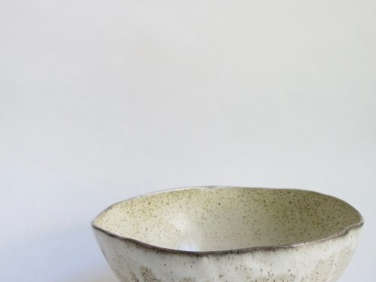
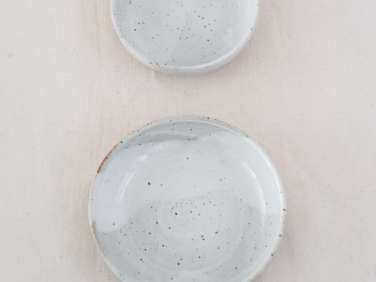
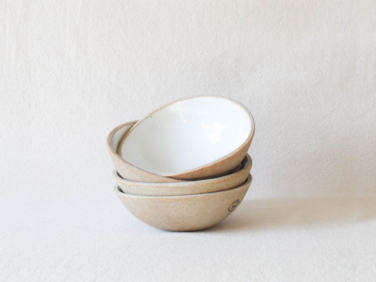
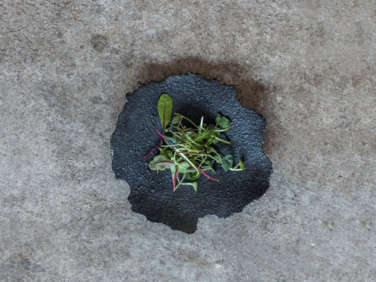

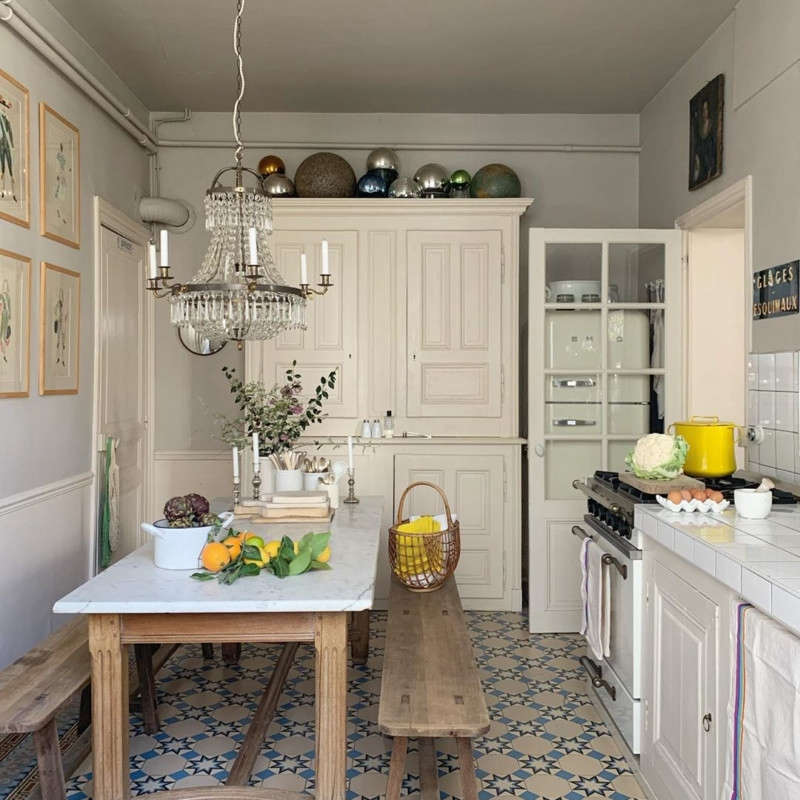
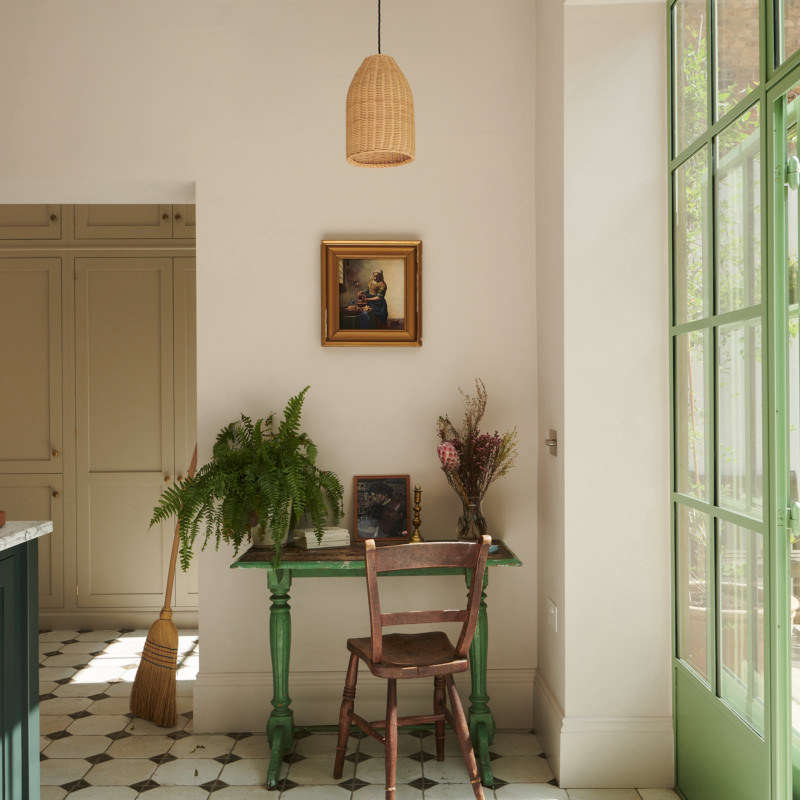



Have a Question or Comment About This Post?
Join the conversation